Research money yields manifold returns
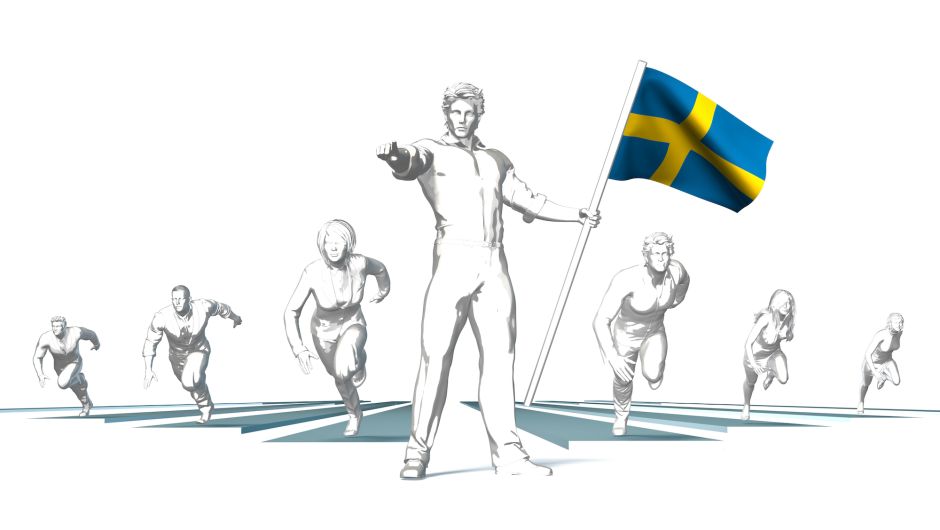
What are researchers actually working on? Does their work lead to any benefits? The answer is, of course, that there is both good and bad research, but also different benefits. Jakob Kuttenkeuler, professor in marine systems at KTH, sees how the Swedish Transport Administration's multimillion-dollar investment in research and development of a wind-driven car transporter will pay off in several ways for 'AB Sverige'.
“This is probably the project that has been most concretely useful for... well, AB Sverige and possibly humanity,” says Jakob Kuttenkeuler, laughing.
“It might sound pretentious, but in the project, we are really trying in a concrete way to reduce fuel consumption and the maritime industry's climate impact.”
He is talking about Oceanbird, the concept and research project that started in 2019 when the Swedish Transport Administration chose to invest 27 million over three years in the development of an ocean-going wind-driven car transporter with room for 7,000 cars – an idea that came from Wallenius Marine. Making such a vessel sail is, of course, a major challenge that requires many wise minds to be engaged in various subprojects. Jakob Kuttenkeuler and KTH have been involved in several of them, mainly concerning aerodynamics and route optimization.
“The sails are, for example, very tall and utilize the wind between 50 and 100 meters above sea level far out at sea. It is a part of the atmosphere that has rarely been exploited before, and we initially knew relatively little about how the wind moves in those air layers. So, in many ways, it is an unknown and exciting territory.”
The Oceanbird concept requires thinking outside the box on several levels; some things will even work contrary to what they do on today's car transporters. For example, it requires the ship to 'hunt energy', i.e., harsh weather, and the term route optimization thus takes on a completely new meaning.
“An interesting question is how the crew will react to this. It will not only require tolerating a bit of rough seas; one must also be prepared to chase 'hard' weather and relinquish some of their own initiative on board. It's about following the route optimization methodically and letting the machines take control so that the entire chain from weather forecast to actual efficient sailing works best.”
A world-leading high-tech project means a lot. Jakob Kuttenkeuler sees several benefits.
“Firstly, it's good for KTH and for the academic world to have such applied and industry-driven projects. It also has a great signaling value and attracts, for example, students. Suddenly, shipping has become a bit cooler, and I feel that education with us has acquired a slightly different flavor and feels significantly forward-leaning. Exactly what this means for the future, we don't know yet, but it is undeniably positive that more students from us enter the Swedish workforce,” he says, continuing:
“An industrial project like this also appeals to rectors, even royalty, who allow themselves to be photographed alongside the prototype of the ship when they visit KTH. Such things should not be underestimated.”
In 2021, Wallenius Marine and Alfa Laval formed the company AlfaWall Oceanbird to build wing sails for wind-driven ships. This is also something very concrete that has come out of the project, Jakob Kuttenjeuler argues.
“I'm actually a bit proud of that. I wasn't directly involved in founding the company, of course, but I feel involved in creating the Swedish know-how behind it.”
So why did this project turn out so well? What was the catch? Jakob Kuttenkeuler believes that much has to do with the constellation – Wallenius, KTH, and SSPA (now RISE) assembled a very good group of researchers who complement each other.
“We took a broad approach to the whole problem, dealing with everything from basic hydrodynamics and how rudders should be placed and fins should look on the underwater hull to aerodynamics and how the wings should look and function. We also went beyond the ship and addressed issues related to wind forecasts and route optimization. There have probably been about 20-30 technology tracks that we have explored.”
These, in turn, have led to new projects from various funders.
“It's also a kind of utilization. For example, KTH has been granted money by the Swedish Transport Administration to focus on aerodynamics and how to trim the wing sails. And I'm sure RISE has received funding for the hydrodynamics part, which is their area of expertise.”
Funding also comes from the EU, which, through its research and innovation funding program, Horizon Europe, has awarded Wallenius Wilhelmsen and project partners 9 million euros in support to build Orcelle Wind, the world's first wind-driven roll-on/roll-off ship.
This autumn, the wind sails will be tested in Landskrona, and the ambition is for Orcelle Wind to enter service in 2027. When this becomes a reality, hardly anyone will doubt that the Swedish Transport Administration's invested millions have been well-spent money for AB Sweden. But even Jakob Kuttenkeuler understands those who doubt.
“As soon as I stand next to one of those big ships, I still get a little scared. How on earth is this going to work for real? I am very humble in the face of the loads, forces, and sizes that need to be handled with high precision. It's mind-blowing! But if everything we have done is correct, it will work.”
-
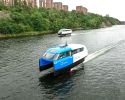 Ny studie: Eldrivna pendelbåtar kan effektivisera Stockholms kollektivtrafik
Ny studie: Eldrivna pendelbåtar kan effektivisera Stockholms kollektivtrafik -
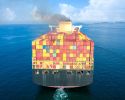 EU: Sjöfartens utsläpp ökar
EU: Sjöfartens utsläpp ökar -
 Sociala relationer påverkar val av bränsle
Sociala relationer påverkar val av bränsle -
 Sjöfartens omställning kräver ”mjukare” påtryckningar
Sjöfartens omställning kräver ”mjukare” påtryckningar -
 Hon hade avtalad tid med Kapten ynkrygg
Hon hade avtalad tid med Kapten ynkrygg -
 Lighthouse omvärldsanalys 2025 – osäkerhet och tullar präglar sjöfarten
Lighthouse omvärldsanalys 2025 – osäkerhet och tullar präglar sjöfarten -
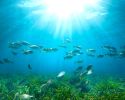 Se seminariet Shipping in the Marine Environment
Se seminariet Shipping in the Marine Environment -
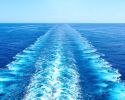 Vad betyder egentligen de 90 procenten?
Vad betyder egentligen de 90 procenten? -
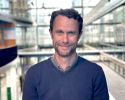 Hålla där...
Hålla där... -
 Ny rapport: Klimatförändringarna ett hot mot de flesta större hamnar i världen
Ny rapport: Klimatförändringarna ett hot mot de flesta större hamnar i världen

